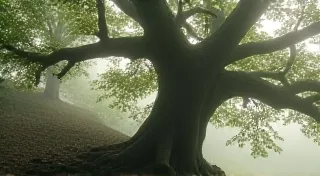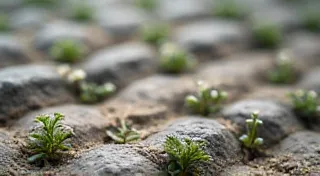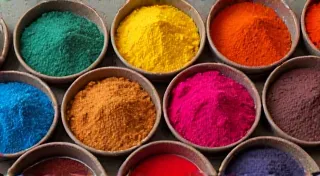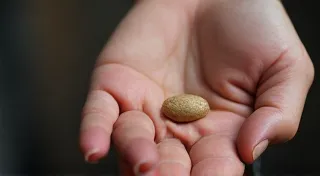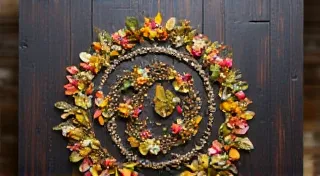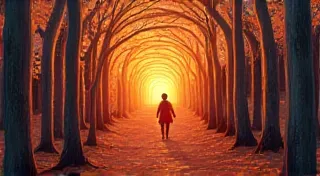The Language of Flowers & Folklores: Botanical Narratives
There’s a peculiar magic that clings to antique accordions, a resonance not just of music, but of stories held within their bellows and keys. They whisper of traveling musicians, of family gatherings, of dances long past. And, like those accordions, herbs carry their own silent histories, woven into the fabric of regional cultures. It’s a language of scent, of color, of shared experiences, often punctuated by folklore, myth, and a profound understanding of the natural world – a beautiful, fragile tapestry of regional medicine built upon centuries of observation and tradition.
For millennia, before the advent of modern pharmaceuticals, humans relied on the bounty of the earth for healing. But the relationship was never purely transactional. It was imbued with reverence, respect, and a deep-seated belief that these plants possessed a power extending beyond the physical. The stories we tell about things often shape how we understand them, and herbs were no exception. These narratives weren’t just charming embellishments; they were a crucial part of the healing process, a way to transmit knowledge and reinforce the herb's perceived efficacy. Consider the meticulous craftsmanship of an accordion – each key carefully aligned, each reed painstakingly tuned. The reverence for the plant mirrored the craftsman’s dedication; both represented a connection to a tradition of skill and artistry.
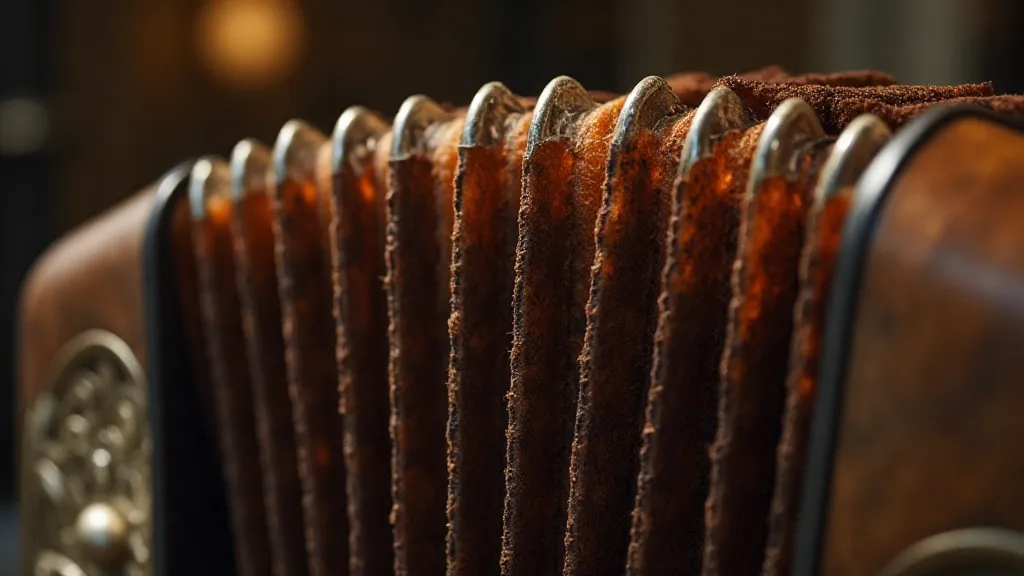
Chamomile in the Carpathian Mountains
Take, for instance, chamomile. We associate it today with relaxing tea, but in the Carpathian Mountains of Eastern Europe, it holds a richer lore. Local legend claims that fairies often sleep amongst the chamomile flowers, imbuing them with calming properties. Grandmothers, keepers of herbal wisdom, would gather chamomile under the full moon, believing this intensified its power. It wasn't simply about relieving anxiety; it was about connecting with the spirit realm, seeking the fairies’ blessing for peaceful sleep and emotional wellbeing. The act of gathering itself was a ritual, passed down through generations, reinforcing the herb's significance within the community. This reverence reflects a deeper understanding of how natural elements, and the soil in which they grow, interact—a concept explored further in Whispers of the Soil: Geology & the Botanical Landscape. It’s not just about chemistry; it’s about *belief*, and that belief profoundly shapes the experience of healing.
Lavender & Provençal Dreams
In Provence, France, lavender fields stretch as far as the eye can see, a breathtaking panorama of purple hues. Beyond the visual splendor, lavender is deeply entwined with Provençal folklore. It’s said that planting lavender around a home protects it from negativity and ill fortune. Traditionally, Provençal women would weave lavender into sachets and place them in wardrobes to deter moths and impart a soothing aroma – a practical application intertwined with superstition. There's a certain melancholy grace inherent to the region's history, and lavender seems to embody that perfectly—a fragrant reminder of simpler times, when the rhythms of life were dictated by the seasons and the wisdom of the earth. Just like an accordion’s bellows, softly expanding and contracting, lavender seemed to breathe life and tranquility into the Provençal landscape.
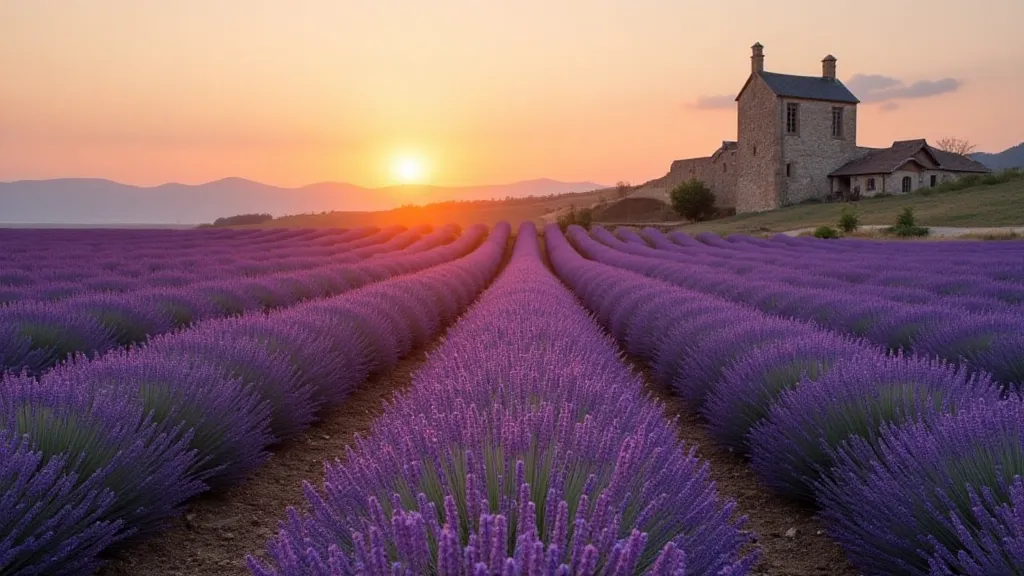
Mullein in Appalachian Traditions
Moving across the Atlantic, we find mullein in the Appalachian region of the United States. Known locally as "feltwort," it was a vital herb for mountain healers. Appalachian lore describes mullein as a “witch’s herb,” thought to enhance psychic abilities and offer protection from harmful spirits. Its fuzzy leaves were often burned as incense during healing ceremonies. The long stalk, reaching towards the sky, was interpreted as a conduit to the divine. This perception wasn’t about witchcraft in the modern, often sensationalized sense; it was about a deep respect for the plant's connection to the natural world and a belief in its ability to facilitate communication with forces beyond human comprehension. The careful preservation of these traditions – like the painstaking repair of an antique accordion’s delicate mechanism – speaks to the enduring power of folklore in shaping cultural identity. The intricate relationship between mineral content and the potency of herbs like mullein offers compelling insights, and something explored in more detail in The Stonecutter's Guide: Mineral Interactions & Herbal Potency.
Bay Leaf in Greek Mythology
The Greeks, renowned for their contributions to philosophy and medicine, held bay leaf in high esteem. It's interwoven with the myth of Daphne, who transformed into a bay laurel tree to escape the pursuit of Apollo. Consequently, bay leaf was associated with victory, honor, and protection. Ancient Greeks would crown athletes and generals with bay laurel wreaths, signifying their achievements. The aroma itself was believed to sharpen the mind and ward off negative influences. The enduring resonance of Greek mythology provides a profound lens through which to understand the cultural significance attached to natural elements—bay leaf being a prime example. It underscores the idea that botany isn’t merely a science; it’s a narrative, a way of understanding our place within the cosmos. The passing down of such knowledge, from one generation to the next, is essential in maintaining a deeper connection to ancestral botanical wisdom—a theme which resonates throughout many cultures, as discussed in The Whispering Roots: Unearthing Ancestral Botanical Wisdom.
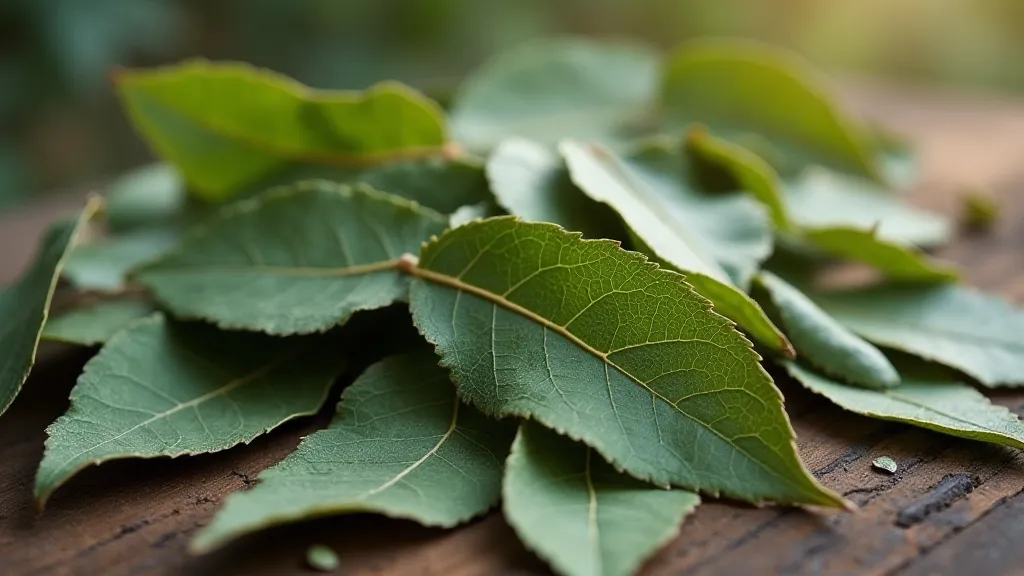
The Enduring Power of Storytelling
These are just a few glimpses into the rich tapestry of regional herbal remedies and the folklore that surrounds them. The stories aren't just quaint anecdotes; they are invaluable keys to understanding the historical context and perceived power of these plants. They offer insights into the values, beliefs, and cultural practices of the communities that relied on them. The connection between the plant’s physical properties and the narratives associated with it often blurred the line between science and spirituality, creating a holistic approach to healing that acknowledged the interconnectedness of mind, body, and spirit. The rare and fleeting nature of certain blooms is also worth considering—some botanical gifts offer only the briefest opportunity for connection, and their stories are all the more poignant for it, mirroring the ephemeral quality of life itself, as examined in Ephemeral Blooms: The Fleeting Promise of Rare Botanical Gifts. Just as the delicate parts of an antique accordion need careful restoration to bring its music back to life, these traditions require preservation and appreciation to ensure that the wisdom they hold isn’t lost to time. The fleeting blossoms, like the fading notes of a forgotten melody, remind us of the preciousness of the present moment.
The human relationship with the natural world isn’t just about the practical uses of plants—it’s a profound spiritual connection, woven into the fabric of our cultural identity. Ancient healers understood that healing wasn't solely about addressing physical ailments; it was about restoring balance and harmony within the individual and their environment. This holistic approach, which considers the interconnectedness of mind, body, and spirit, stands in stark contrast to the often fragmented and reductionist approach of modern medicine. While science has undoubtedly made significant advances in our understanding of the human body, it has often lost sight of the profound cultural context—the herbalist’s cartography—that shaped traditional healing practices.
The careful tending of these fragile narratives, much like the meticulous repair of an antique accordion, requires dedication, respect, and a deep appreciation for the wisdom of our ancestors. It is a legacy worth preserving, a heritage that enriches our lives and connects us to something larger than ourselves.
